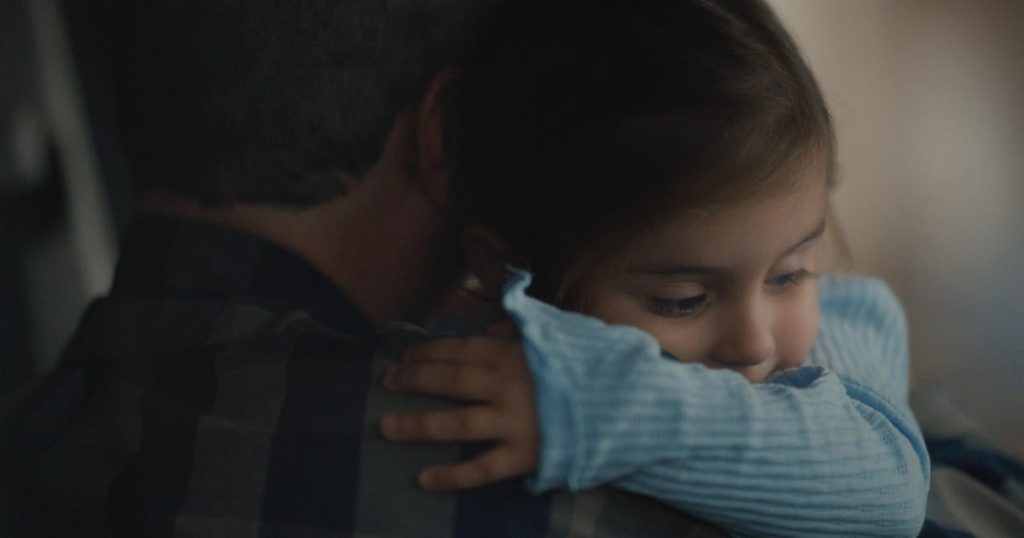The Big Game and Big Ads
Super Bowl LIX was not just a clash of titans on the field, where the Philadelphia Eagles soared to victory, but also a battlefield of creativity and strategy in the realm of advertisements. Each year, the Super Bowl commands a massive audience, making it a prime stage for companies to showcase their brands. This year’s event saw advertisers spending up to $8 million for a 30-second slot, a significant leap from the previous year’s $7 million. The stakes are high, with companies investing millions more in production and celebrity endorsements to create memorable ads. These commercials have the power to elevate a brand’s image or leave a negative impression, making the challenge of crafting an effective ad both daunting and crucial.
High Stakes for Advertisers
The financial investment in Super Bowl ads is staggering, with each spot costing upwards of $8 million. Advertisers often enlist celebrities to enhance appeal, aiming to create ads that resonate emotionally or humorously. However, the potential outcomes are dual-edged: a successful ad can attract new customers and bolster brand image, while a misstep can alienate consumers. This year, avoiding controversy was paramount, especially given the backdrop of the U.S. presidential election. As a result, many ads leaned on humor, nostalgia, and safe strategies, though experts caution that such approaches can sometimes fall flat, failing to leave a lasting impression. The challenge, as noted by marketing experts, is to balance safety with creativity, ensuring the ad is both memorable and impactful.
The Worst of Super Bowl LIX Commercials
Not all ads hit the mark. Coffee Mate’s commercial, featuring dancing tongues, was deemed among the worst. The bizarre visuals overwhelmed the brand’s message, leaving viewers perplexed. Tubi’s ad, with its unsettling cowboy-shaped head imagery, was described as nightmare fuel, failing to connect with audiences. ChatGPT’s expensive ad, despite its high production cost, offered nothing new, criticism that underscored its lack of impact. These examples highlight the risks of creative missteps and the importance of clarity in messaging, even when aiming for innovation.
The Best of Super Bowl LIX Commercials
On the flip side, Michelob Ultra’s ad, featuring Willem Dafoe and Catherine O’Hara in a pickleball hustle, expertly blended humor with brand promotion, resonating well with viewers. Google’s emotional ad, depicting a dad using AI to craft a job description, struck a chord with its heartfelt approach, showcasing both functionality and sentiment. These ads exemplify the successful balance of creativity and strategy, demonstrating how effective storytelling can elevate a brand’s appeal.
Finding the Perfect Balance
The challenge of creating a memorable ad lies in finding the sweet spot between safety and creativity. While avoiding controversy is crucial, playing it too safe can render an ad forgettable. Conversely, taking too many risks can lead to confusion or alienation. The magic happens when an ad manages to be both safe and engaging, such as through relatable humor or heartfelt narratives. As seen this year, when advertisers achieve this balance, the results are commendable, offering valuable lessons for future campaigns.
The Annual Ad Review
The Kellogg School of Management’s annual review rated this year’s Super Bowl ads, categorizing them from A to D. Michelob Ultra and Google topped the list with A grades for their engaging and effective strategies. Other A-rated ads included heartfelt messages from Breast Cancer Awareness and Nike, showcasing emotional depth. The lower grades included Red Bull and Doordash, reflecting their struggles to connect with audiences. This review underscores the diverse approaches and outcomes, providing insights into what resonates with viewers. As the advertising landscape evolves, the challenge of creating impactful ads remains, with brands continuously striving to strike the perfect chord.












